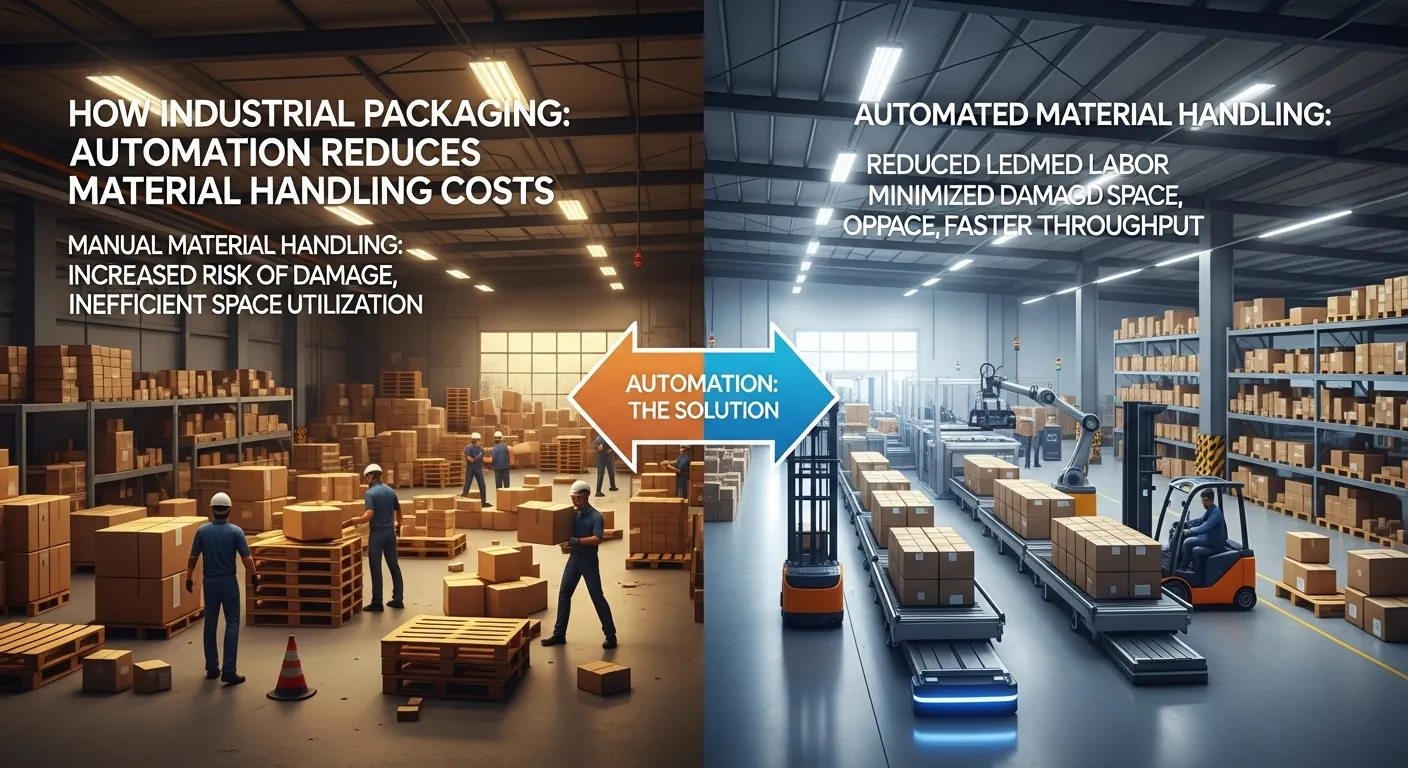In modern manufacturing and logistics, efficiency is more than a competitive advantage—it’s a necessity. One of the most effective ways to streamline operations is through industrial packaging automation, a technology-driven approach that reduces labor-intensive tasks, minimizes errors, and improves overall productivity. Among the many benefits of industrial packaging automation, reducing material handling costs is a key factor that businesses across industries are increasingly prioritizing.
Material handling—the process of moving, storing, and controlling materials throughout production—can be one of the most time-consuming and expensive components of manufacturing. Manual handling often requires significant manpower, increases the risk of product damage, and can contribute to workplace injuries. Automated systems, however, can drastically reduce these costs by efficiently moving products along the production line, accurately filling and sealing packages, and preparing goods for shipping with minimal human intervention.
Key Ways Industrial Packaging Automation Reduces Material Handling Costs:
- Improved Speed and Accuracy
Automated packaging lines work faster than human operators, consistently performing repetitive tasks such as filling, labeling, and palletizing. This speed reduces bottlenecks and decreases the likelihood of errors that can lead to costly rework or product waste. - Optimized Labor Utilization
With automation handling the bulk of packaging tasks, staff can focus on higher-value activities such as quality control, machine maintenance, or process improvement. This shift not only reduces labor costs but also enhances workforce efficiency. - Minimized Product Damage
Automated conveyors, robotic arms, and wrapping systems handle products gently and consistently, reducing the risk of breakage or damage during transit. This not only saves money on replacements but also improves customer satisfaction and brand reputation. - Enhanced Supply Chain Integration
Industrial packaging automation often includes real-time data tracking and integration with warehouse management systems. This enables better inventory control, fewer misplacements, and streamlined shipping processes, all of which contribute to lower material handling costs. - Scalability and Flexibility
Automated systems can easily adapt to different product sizes, shapes, and packaging types without the need for extensive retraining or manual intervention. This flexibility allows companies to scale production efficiently, avoiding costly downtime associated with manual adjustments.
Implementing industrial packaging automation is not just a technological upgrade—it’s a strategic investment in efficiency and cost management. By reducing material handling costs, manufacturers can allocate resources more effectively, improve throughput, and maintain a competitive edge in increasingly demanding markets. While upfront investment is required, the long-term benefits of reduced labor expenses, fewer errors, and improved operational efficiency make industrial packaging automation a worthwhile consideration for any forward-thinking organization.
Ultimately, companies that embrace industrial packaging automation gain more than just cost savings—they achieve a more resilient, agile, and reliable production process that positions them for long-term growth and success.

